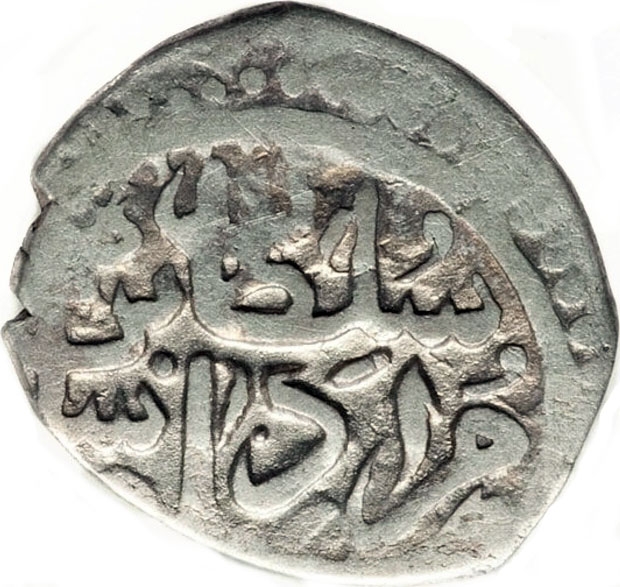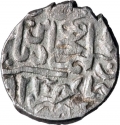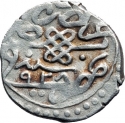You are about to finish your registration. Please check your mailbox (including spam folder). There should be a letter with a confirmation link. Check setting to make sure that your e-mail address is correct.
Send letter againDescription
Murad III (1546–1595) was Sultan of the Ottoman Empire from 1574 until his death in 1595. His rule saw battles with the Habsburgs and exhausting wars with the Safavids. The long-independent Morocco was at a time made a vassal of the empire but they would regain independence in 1582. His reign also saw the empire's expanding influence on the eastern coast of Africa. However, the empire would be beset by increasing corruption and inflation from the New World which led to unrest among the Janissary and commoners. Relations with Elizabethan England were cemented during his reign as both had a common enemy in the Spanish. He was a great patron in the arts where he commissioned the Siyer-i-Nebi and other illustrated manuscripts.
The Eyalet of Egypt operated as an administrative division of the Ottoman Empire from 1517 to 1867. It originated as a result of the conquest of Mamluk Egypt by the Ottomans in 1517, following the Ottoman–Mamluk War (1516–17) and the absorption of Syria into the Empire in 1516. Egypt always proved a difficult province for the Ottoman Sultans to control, due in part to the continuing power and influence of the Mamluks, the Egyptian military caste who had ruled the country for centuries.
Obverse

|
Tughra in Murad III name, "Sultan Murad III ibn Selim III". سلطان مراد بن سليم خان |
|---|---|
Reverse

|
Arabic legend and Ottoman Turkish legend "Struck in Egypt" and the accession year in Hejira (AH1031) below with "az nassroh" (May he be victorious) above. عزنصره ضرب في |
| Edge |







